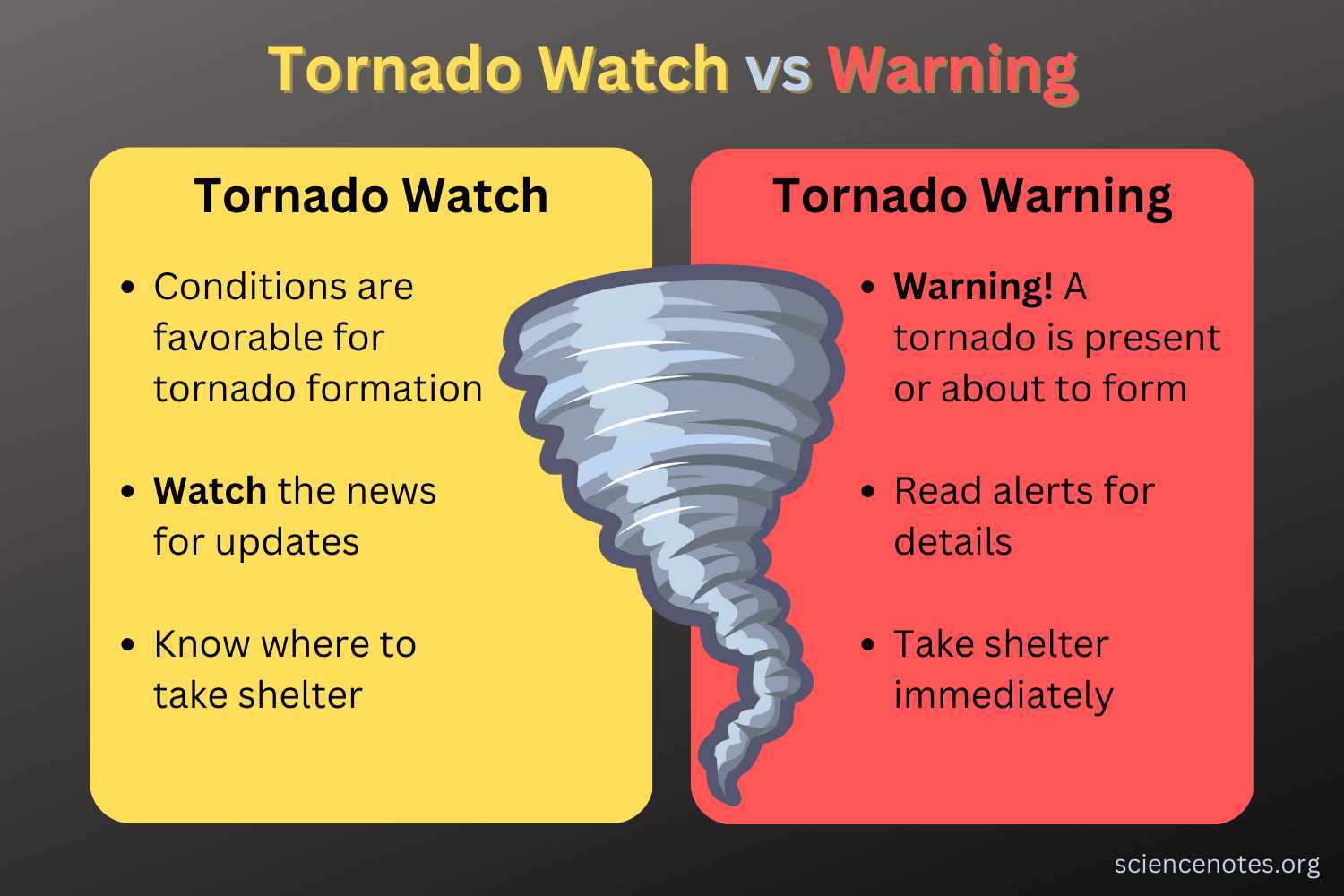Flood Warning: Your Action Plan For Safety (NWS)

Table of Contents
Understanding Flood Warnings and Watches from the NWS
The National Weather Service (NWS) issues various alerts to warn the public about potential and imminent flooding. Understanding the difference between these alerts is critical for appropriate response.
-
Flood Watch: A Flood Watch means that conditions are favorable for flooding. This isn't an immediate cause for alarm, but it's a strong signal to begin preparing. Monitor weather reports closely and be ready to take action if a warning is issued.
-
Flood Warning: A Flood Warning indicates that flooding is occurring or is imminent in your area. This is a serious alert requiring immediate action. Evacuation may be necessary.
-
Flash Flood Warning: This is the most urgent alert. A Flash Flood Warning means a sudden, rapid flood is happening or will happen very soon. Immediate action is crucial to save lives. Seek higher ground immediately.
NWS flood alerts typically include:
- Affected areas: The specific regions and communities at risk.
- Expected severity: The potential depth and impact of the flooding.
- Timing: The anticipated start and duration of the flooding event.
Reliable sources for receiving these crucial alerts include NOAA Weather Radio, the NWS website (weather.gov), and your local news channels.
Creating Your Family's Flood Preparedness Plan
Proactive planning is your best defense against the dangers of flooding. A well-defined family preparedness plan can significantly reduce your risk and improve your chances of survival.
Communication Plan: Establish a clear communication plan with emergency contact information for all family members. Designate an out-of-area contact person who can relay information if local communication systems fail.
Evacuation Routes and Meeting Places: Identify multiple safe evacuation routes and designate a pre-determined meeting place outside the flood-prone area. Consider different routes in case one is blocked by floodwaters. Choose a meeting place that is easily accessible and safe from flooding.
Flood Emergency Kit: Assemble a flood emergency kit that includes:
- Water (one gallon per person per day for several days)
- Non-perishable food supplies
- First-aid kit and essential medications
- Important documents (identification, insurance policies, medical records)
- Flashlight and extra batteries
- Whistle to signal for help
- Warm clothing and blankets
Actions to Take During a Flood Warning
When a flood warning is issued, immediate action is paramount. Time is of the essence.
-
Move Valuables to Higher Ground: Relocate important documents, electronics, and other valuable items to the highest level of your home.
-
Safe Evacuation: If ordered to evacuate, do so immediately. Follow instructions from emergency officials and utilize your pre-planned evacuation routes. Never attempt to drive through flooded areas.
-
If Trapped: If you become trapped by floodwaters, move to the highest level possible within your structure. Call for help using your mobile phone if possible, or signal for help with a whistle or other means.
Critical Actions:
- Turn off utilities (gas, electricity) if it is safe to do so.
- Avoid contact with floodwaters, as they may be contaminated and contain hidden dangers such as downed power lines or debris.
- Never drive or walk through flooded areas. The water may be deeper than it appears, and currents can be strong.
Post-Flood Safety and Recovery
Once the floodwaters recede, the dangers are not over. Post-flood safety and recovery require careful attention.
-
Structural Damage Assessment: Thoroughly inspect your home for structural damage before re-entering. Consult a professional if you notice any signs of compromise.
-
Avoiding Contaminated Water: Avoid contact with floodwaters, as they are often contaminated with sewage and other hazardous materials. Wear protective gear such as boots and gloves when entering a flood-damaged building.
-
Insurance and Assistance: Contact your insurance company to report damages and explore available coverage. Contact FEMA or other relevant agencies for assistance with recovery efforts.
Post-Flood Cleanup:
- Dispose of any food and medication that has been exposed to floodwater.
- Clean and disinfect all surfaces that have come into contact with floodwater.
- Be aware of the potential for waterborne diseases and take appropriate precautions.
Stay Safe with Your Flood Warning Action Plan
Preparing for and responding to a flood warning requires understanding NWS alerts, proactive planning, and decisive action. This comprehensive guide has outlined key steps to protect yourself and your family. Remember, developing a personalized flood warning action plan is crucial for your safety and peace of mind. Download our checklist [link to checklist] to help you create your plan, and share this essential safety guide with your friends and family. Being prepared is the best way to stay safe during a flood warning from the NWS. Don’t wait until it’s too late – prepare today!

Featured Posts
-
 Le Dossier Du Nouveau Siege De La Rtbf La Ministre Galant Veut Tout Savoir
May 26, 2025
Le Dossier Du Nouveau Siege De La Rtbf La Ministre Galant Veut Tout Savoir
May 26, 2025 -
 Roland White Reviews Imagine The Academy Of Armando On Bbc 1 A Comedy Writing Masterclass
May 26, 2025
Roland White Reviews Imagine The Academy Of Armando On Bbc 1 A Comedy Writing Masterclass
May 26, 2025 -
 Palais Des Congres De Liege Reamenagement Des Anciens Locaux De La Rtbf
May 26, 2025
Palais Des Congres De Liege Reamenagement Des Anciens Locaux De La Rtbf
May 26, 2025 -
 Zheng Qinwens First Victory Against Sabalenka Secures Italian Open Semifinal Spot
May 26, 2025
Zheng Qinwens First Victory Against Sabalenka Secures Italian Open Semifinal Spot
May 26, 2025 -
 The Hells Angels Myths Realities And Public Perception
May 26, 2025
The Hells Angels Myths Realities And Public Perception
May 26, 2025
